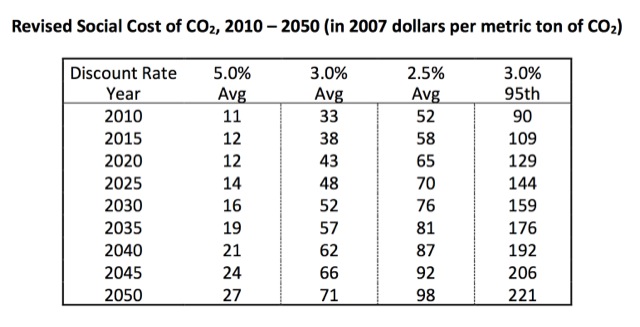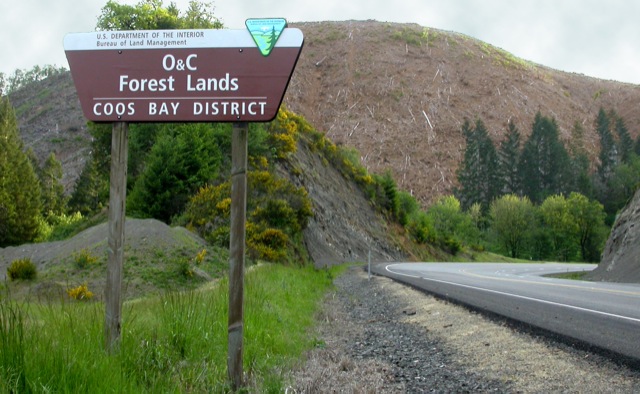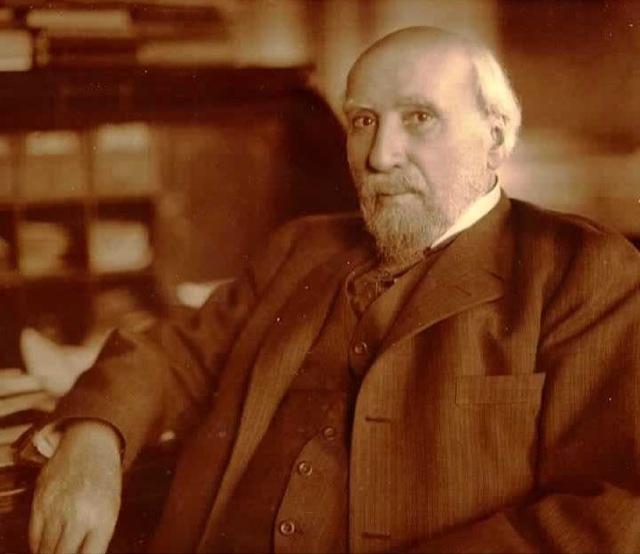Once declared dead, the $3 billion Columbia River Crossing may yet be built. Despite the Washington legislature’s decision not to fund its share of the boondoggle project, Oregon’s governor is twisting arms and holding a special session of the state legislature today to gain approval (and $450 million in state funds) for the bridge.
Some of the twisting appears to have been done in the Washington, DC office of the Coast Guard, which granted the bridge a permit despite the fact that it will interfere with navigation. The DC office apparently did an end run around the Coast Guard’s Seattle regional office, which had opposed the permit. Oregon has agreed to pay $90 million in compensation to three shipping companies whose operations will be affected by the bridge.
The Columbia River Crossing is a plan to build a new Interstate-5 bridge across the Columbia. The new bridge would have more and wider lanes than the existing one and would also have room for light rail. Some bridge opponents object to the added road capacity; others object to the light rail. All the opponents agree that a replacement bridge isn’t necessary as the existing bridge is in sound condition.













